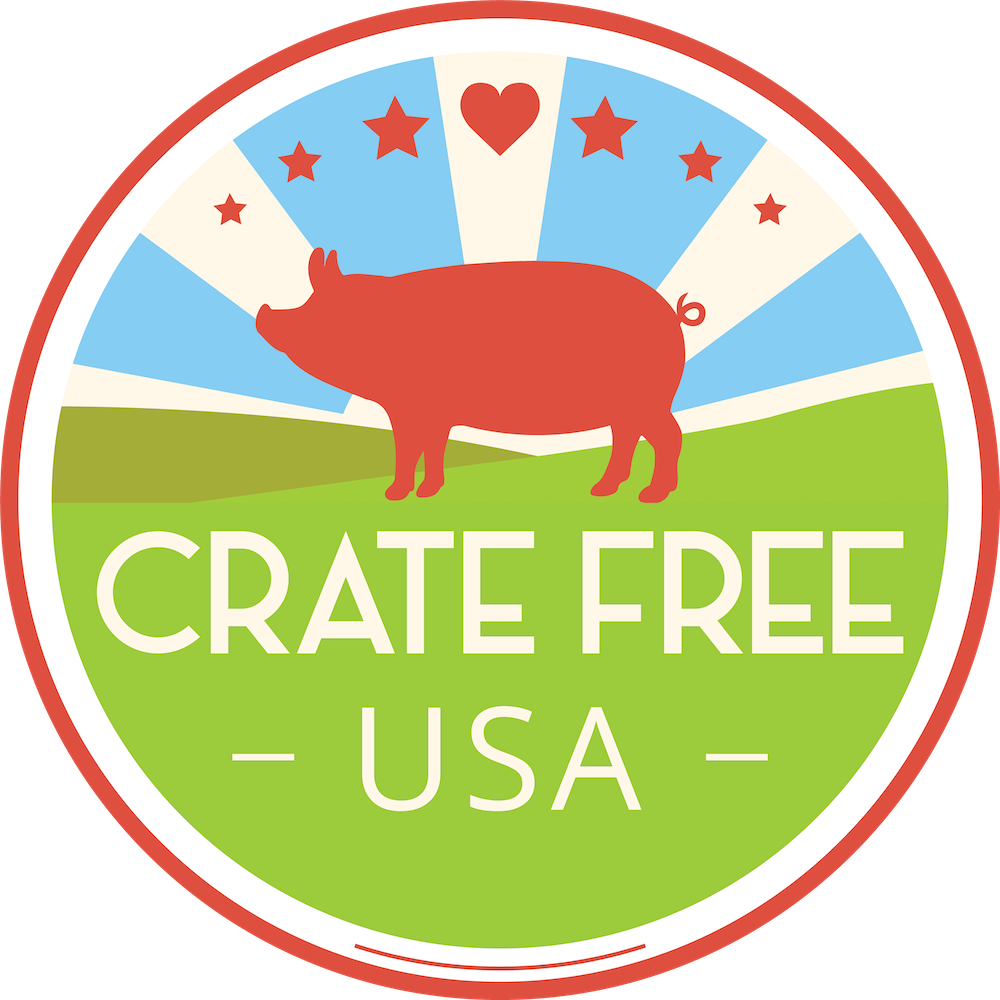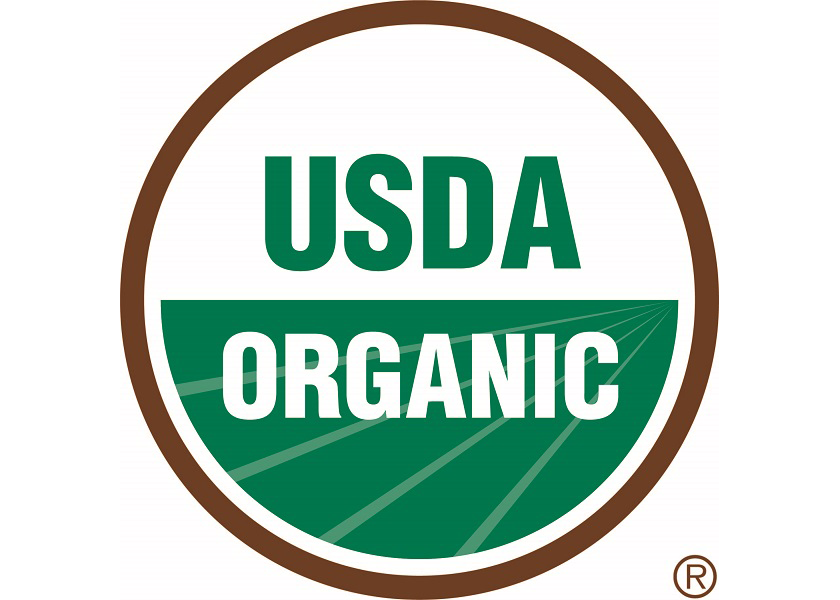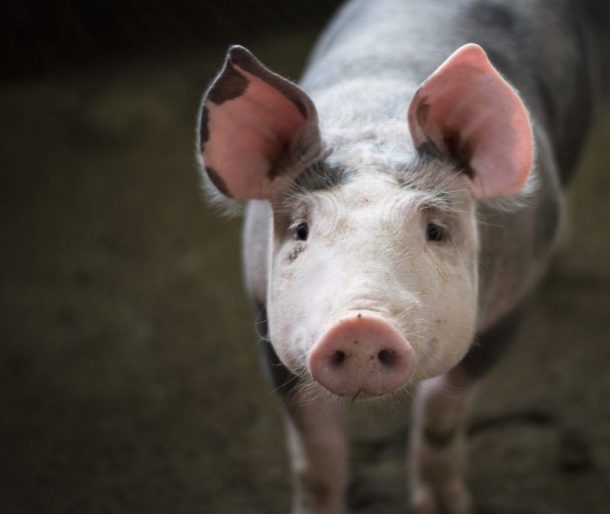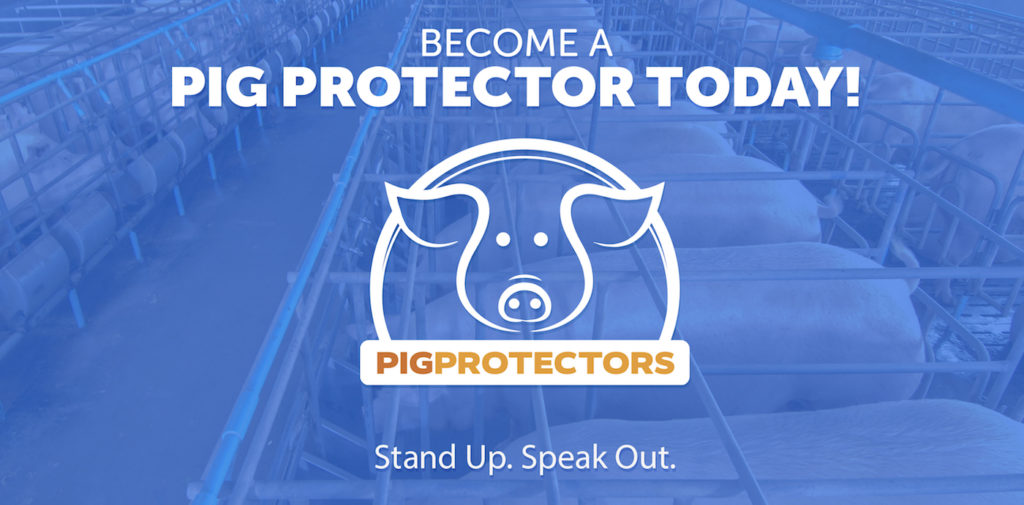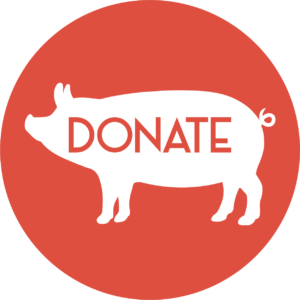Did you know that the “organic” label in the U.S. had very little regulations for animal welfare??
Until NOW.
The USDA is making the biggest update to its organic program since it was created more than 30 years ago in 1990 as the agency works to restore consumer confidence in the label through strengthened oversight and enforcement.
The new Organic Livestock and Poultry Standards (OLPS) rule finally establishes clear, strong and consistent standards for organic livestock and poultry production; levels the playing field for organic livestock farmers, ranchers and businesses; and promotes fairer, more competitive markets for their products, while providing consumers with more transparency about their purchases.
Organic Label was not about Animal Welfare
Previous rules required animals to be fed organic feed, be raised without hormones and antibiotics, and raised in living conditions that accommodated “health and natural behavior.”
But that was it.
In other words, if a pig in a gestation crate consumed organic feed, it could be labeled as organic. The label had virtually nothing to do with humane housing or treatment.
NEW Organic Label Includes Some Animal Welfare
Previously, products which were certified organic were reasonably assumed by many consumers to be more welfare-friendly. However, only now in 2024 did the USDA update it to include SOME animal welfare standards.
According to Food and Water Watch it is ‘right now the most meaningful label on your food, in terms of upholding specific government requirements.’ For a product to be certified organic, it’s required to meet specific standards.
“USDA is creating a fairer, more competitive and transparent food system,” Agriculture Secretary Tom Vilsack said in a statement. “This organic poultry and livestock standard establishes clear and strong standards that will increase the consistency of animal welfare practices in organic production and in how these practices are enforced.”
New standards require animals to have year-round outdoor access, and shelter must allow livestock to lie down, stand up and turn around. Producers must also maintain preventative health care practices and treat animals with medicine to “minimize pain, stress and suffering.”
Thankfully, these new rules are being instituted soon (see timeline below) so when you buy “organic” meat, dairy, and eggs, you will know that the animals were actually raised with better standards.
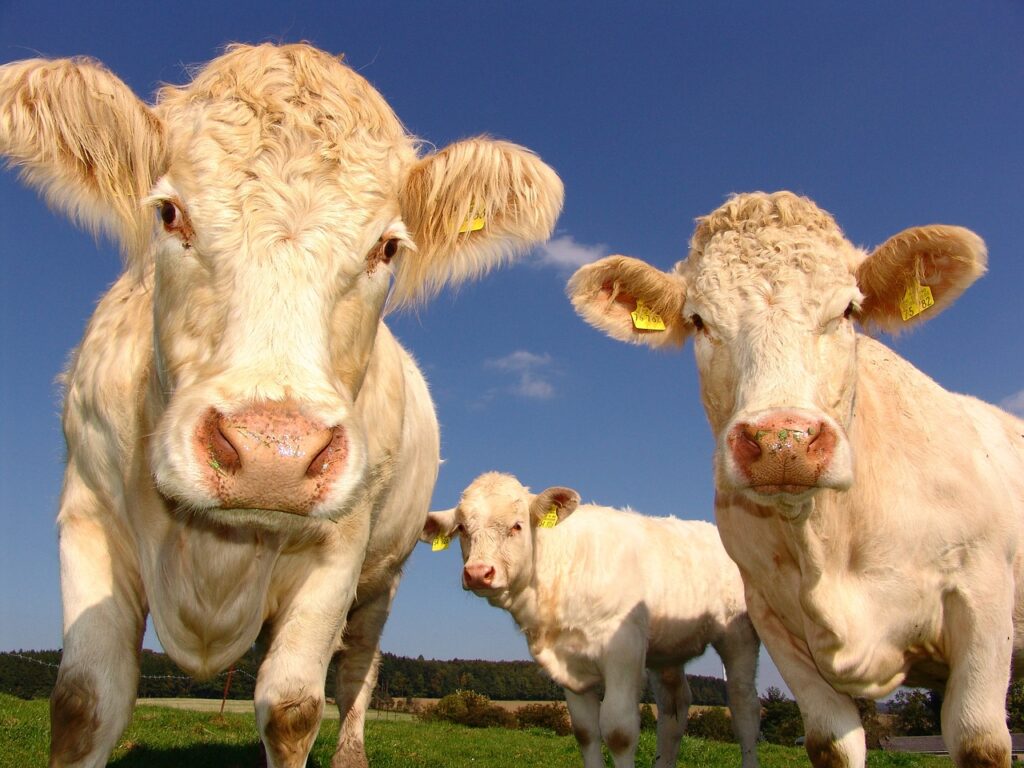
Under the New 2024 Regulations
Certified Farms Raising Broiler Chickens and Egg-laying hens must:
- Meet specific indoor and outdoor space requirements, making sure the birds have ample room
- Offer year-round access to the outdoors with soil and vegetation (not just hard surfaces such as concrete or gravel) and ensure all the birds can easily leave the barn at their will. Outdoor areas must be at least 75 percent soil and include vegetation to the degree possible.
- Not use enclosed “porches” to count as outdoor space
- Monitor and maintain safe ammonia levels (below 20 ppm), which can be harmful to both the birds and workers
Certified Farms Raising Cows, Pigs, Sheep and other Mammals Must:
- Offer shelter that is large enough for the animals to lie down, stand up, turn around, fully stretch their limbs or wings and express natural behaviors, such as rooting in pigs and scratching in chickens.
- Offer access to the outdoors year-round
- Provide pigs with rooting materials, a natural behavior pigs do to find food, obtain nutrients, cool off, and for comfort
- Bedding areas must be sufficiently large and comfortable to keep livestock hygienic (for the species), dry and free of lesions.
- Document and treat sick or injured animals, even if that means losing the animal’s organic status
- Monitor and actively mitigate causes of lameness
The New Rule Also Explicitly Prohibits Low-Welfare Practices for Both Birds and Mammals, Such As:
- Caging female breeding pigs in gestation and farrowing crates, which prevent pigs from walking and turning around for months at a time
- Performing physical alterations that are widely considered painful and cruel, such as face-branding of cattle, teeth clipping of pigs, and induced molting of poultry birds.
- Using inhumane methods of slaughter, including suffocation, hitting animals on the head, or crushing the neck
- Exposing animals to extreme temperatures during transport
Other significant updates include:
Transport, handling and slaughter: Operations must describe how organic management and animal welfare will be maintained for transport that exceeds eight hours. Animals must be fit for transport (no transport for those who are too sick or injured to walk). The mode of transport must be seasonally appropriate to protect livestock from cold or heat. Operations must adhere to USDA (FSIS) humane slaughter standards.
Preventative health care practices: Producers must maintain preventative health care practices that include sufficient nutrition and comprehensive parasite prevention plans. Animals must be treated with allowed medicines to minimize pain, stress and suffering. All necessary treatment must be administered, even if the animal loses its organic status.
The new standards took effect in January 2024, with most producers expected to be in full compliance by January 2025.
However, it’s important to understand that poultry farmers (of broiler chickens and egg-laying hens) who are already certified will have a five-year window (until 2029) to adjust their production practices.
